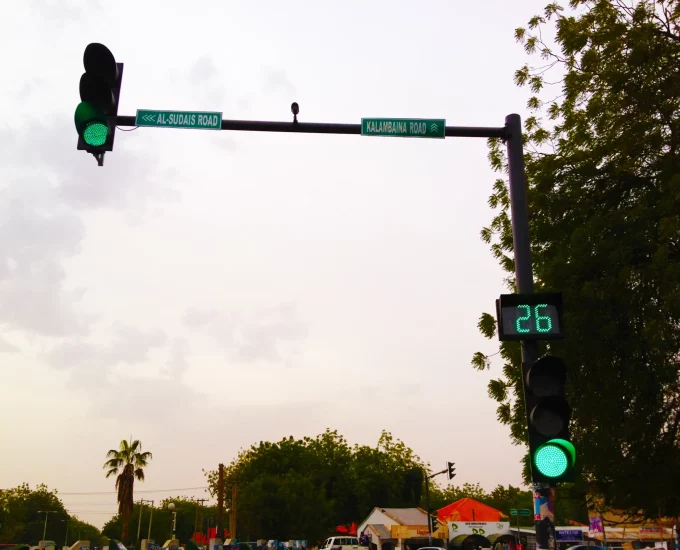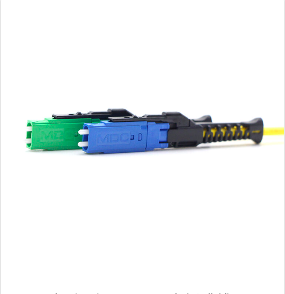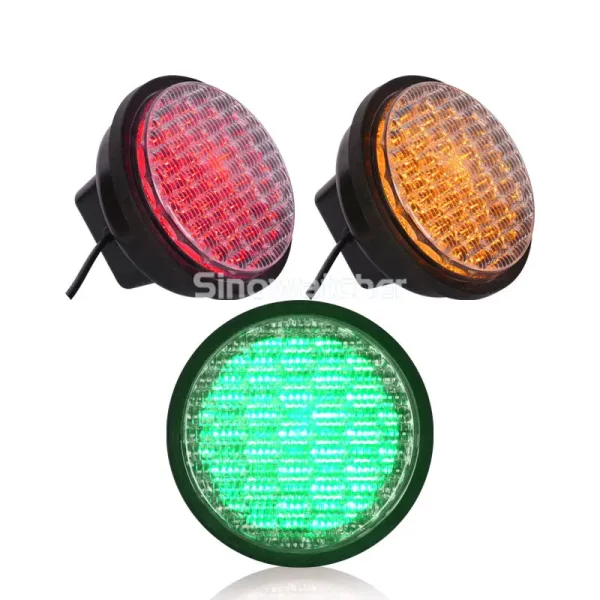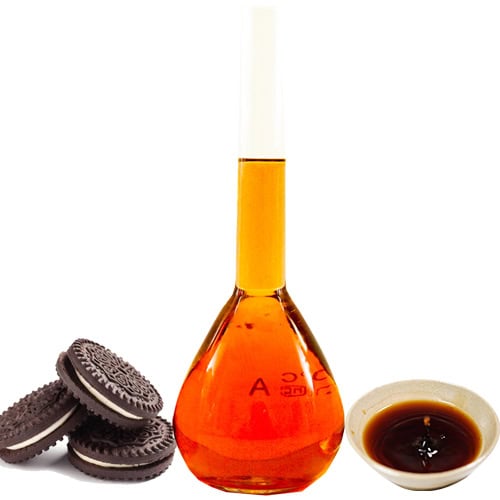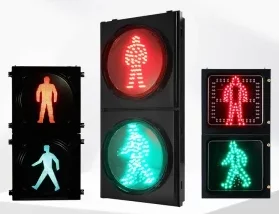目录
Urban traffic management is becoming increasingly complex as cities grow and vehicle numbers rise. Traditional traffic lights often consume a lot of energy, require frequent maintenance, and may not provide optimal visibility in all weather conditions. This is why LED traffic lights have become the preferred choice for modern cities, offering a combination of efficiency, durability, and safety that meets the demands of contemporary urban infrastructure while supporting sustainable development goals.
What Are LED Traffic Lights?
LED traffic lights are traffic signal systems that use Light Emitting Diodes (LEDs) instead of traditional incandescent or fluorescent bulbs. These lights are designed to provide bright, clear, and energy-efficient illumination for controlling traffic at intersections and pedestrian crossings. Compared to conventional traffic signals, LEDs offer a lifespan of 50,000 hours or more, consume up to 80% less energy, and have significantly improved visibility even from distances of over 300 meters, making them a modern and reliable solution for urban traffic management.
Additionally, LED traffic lights can be integrated with smart traffic systems, enabling features such as adaptive signal timing, remote monitoring, and automated maintenance alerts, which improve traffic flow and reduce congestion.
Key Benefits of LED Traffic Lights
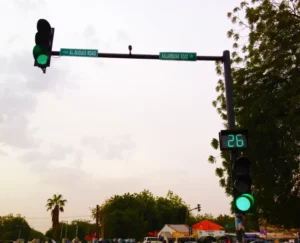
- Energy Efficiency and Long Lifespan:LED traffic lights use up to 80% less energy than conventional incandescent bulbs, while offering an impressive 50,000-hour lifespan, far outlasting the typical 2,000-hour lifespan of traditional bulbs. This not only lowers energy consumption significantly but also reduces maintenance costs by minimizing the need for frequent bulb replacements, making LEDs a highly cost-efficient and long-term solution for urban traffic systems.
- Improved Safety:LEDs offer brighter and clearer illumination, making traffic signals up to 5 times more visible in poor weather conditions such as fog, rain, or snow. Their rapid response time ensures drivers see changes immediately, helping to prevent accidents and improve traffic flow.
- Durability:Built to withstand extreme temperatures (-40°C to 60°C), vibrations, and harsh weather, LED traffic lights are highly reliable. Their solid-state design also makes them less prone to breakage than conventional bulbs, reducing maintenance requirements.
- Smart Technology Integration:Modern LED systems can integrate with intelligent traffic management platforms, allowing features like adaptive signal timing based on traffic density, automatic brightness adjustment depending on ambient light, and energy-saving modes during low-traffic periods, increasing operational efficiency.
- Environmental Benefits:LEDs are non-toxic, recyclable, and help reduce CO₂ emissions by up to 80% compared to traditional bulbs. Their directional light also lowers light pollution by up to 60%, contributing to a more sustainable and eco-friendly urban environment.
- Urban Aesthetic:Sleek, vibrant signals improve street visibility by up to 50%, enhancing both traffic safety and the visual appeal of city streets, making intersections clearer and more organized.
Cost and Maintenance Advantages of LED Traffic Lights
- Long Lifespan:LED traffic lights can last 50,000 hours or more, which is roughly 20–25 times longer than traditional incandescent bulbs. This significantly reduces the frequency of replacements and ensures consistent, reliable operation over many years.
- Durability:LEDs are designed to withstand extreme temperatures (-40°C to 60°C), vibrations from traffic, and harsh weather conditions, including heavy rain, snow, and strong winds. Their solid-state design also makes them less prone to breakage, lowering the risk of unexpected failures.
- Reduced Maintenance Costs:Due to their longevity and durability, LED traffic lights require far fewer replacements and repairs, translating into up to 70% lower labor and material expenses for municipalities. This reduction in maintenance frees up budget and manpower for other critical urban infrastructure projects.
- Cost-Effective Investment:Combining energy savings, long lifespan, and reduced maintenance, LED traffic lights offer a high return on investment, with most cities recovering costs within 5–7 years. Over their lifetime, they can save thousands of dollars per intersection, making them a financially smart solution for modern traffic management.
Conclusion
Adopting LED traffic lights offers cities a combination of energy efficiency, enhanced safety, measurable environmental benefits, and smart technology integration. As urban areas focus on sustainability, cost savings, and efficient traffic management, LED traffic signals serve as a key component in building safer, greener, and smarter transportation systems, ensuring operational reliability and improving the quality of life for millions of residents.
0
